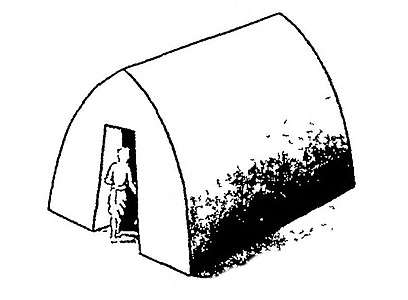Sitamarhi Cave
Sitamarhi Cave is an Indian artificial cave, and an important example of Indian rock-cut architecture. The cave is located 20 km south-west from Rajgir, 10 km south-west of Hisua, and dated to the Maurya empire.[1] It was hewn in a huge hemispherical rock of granite.[2]


The cave has the structure and "Mauryan polish" qualities of the Barabar caves, but without any inscription. It is smaller than the Barabar caves, measuring only 4.91x3.43m, with a ceiling height of 2.01m. The entrance is also trapezoidal, as for the Barabar caves.[1]
According to a later Hindu legend, the cave was built by the legendary builder Vishvakarman.[2] This is also the cave is which Sita took refuge from Mara, hence the name of the cave.[2]
The cave is sometimes considered as part of the "Rajgir group", together with Son Bhandar Caves.[3]
References
- Gupta, The roots of Indian Art, p.194-
- Sajnani, Manohar (2001). Encyclopaedia of Tourism Resources in India. Gyan Publishing House. ISBN 9788178350172.
- Le, Huu Phuoc (2010). Buddhist Architecture. Grafikol. ISBN 9780984404308.